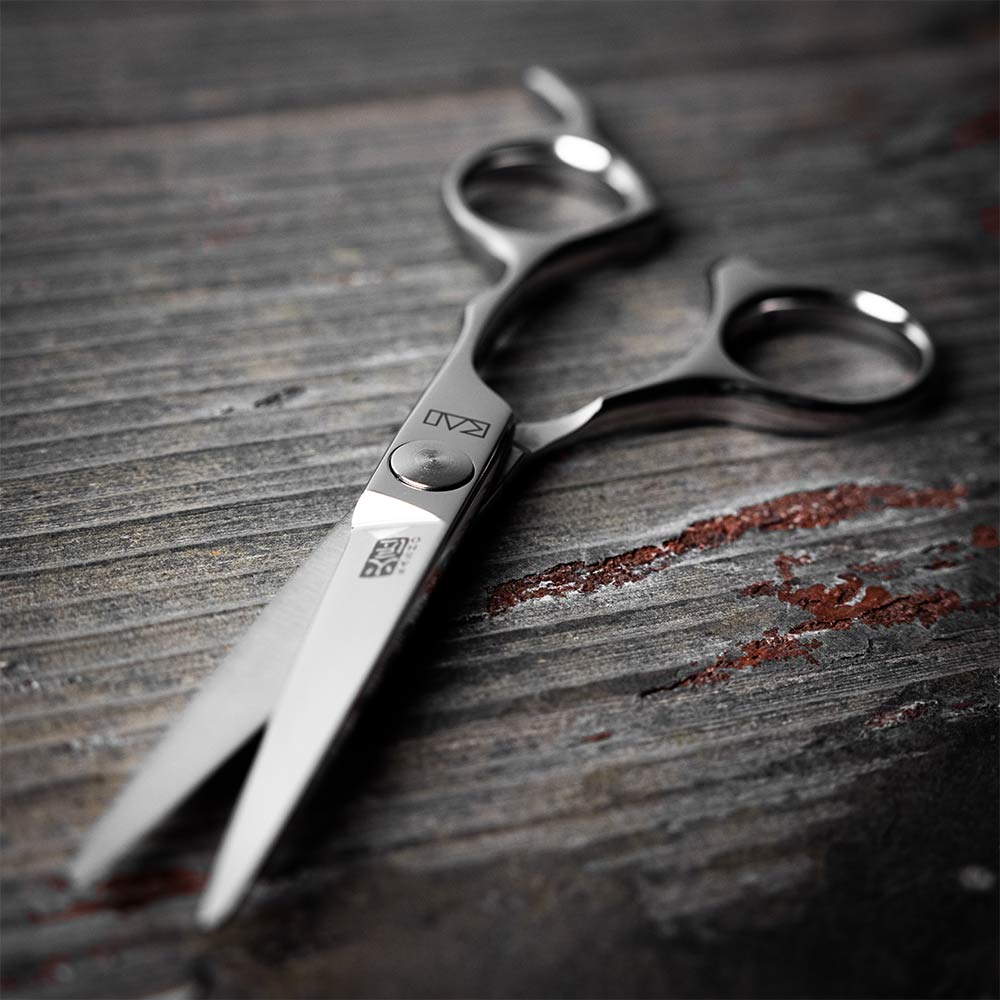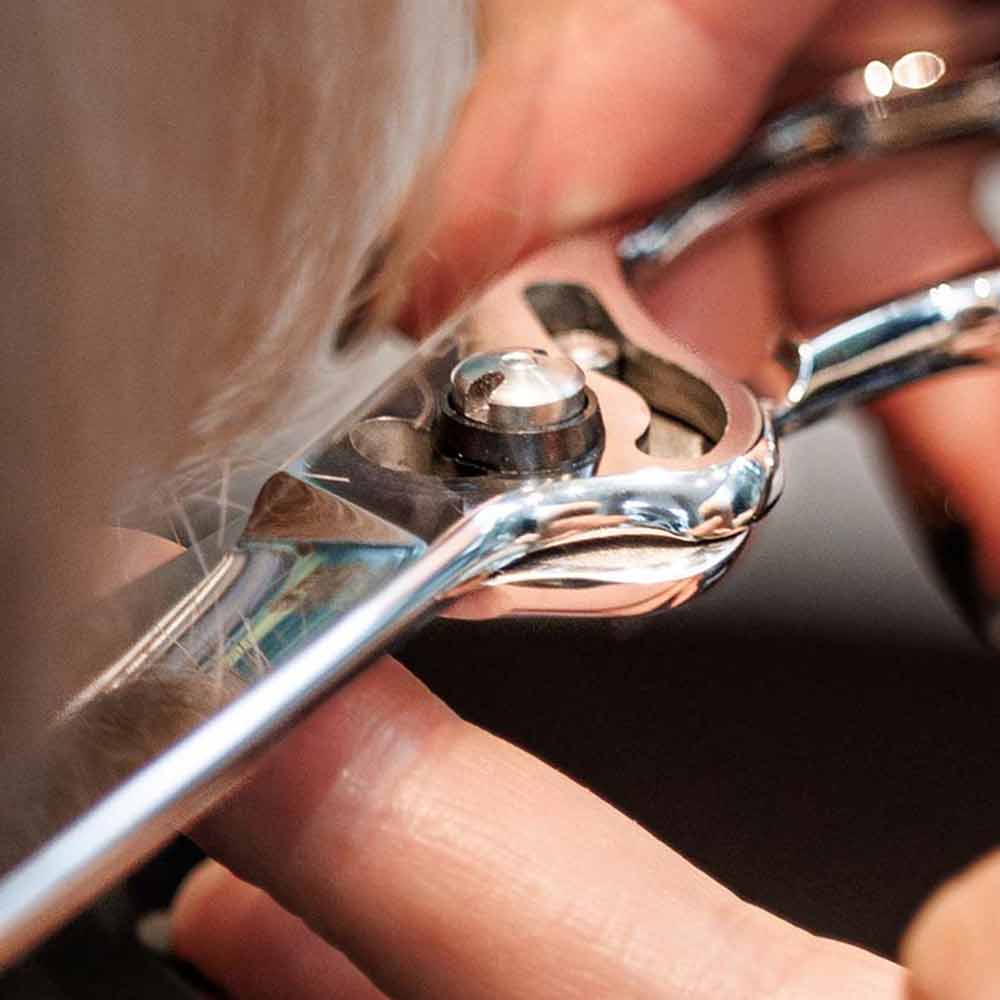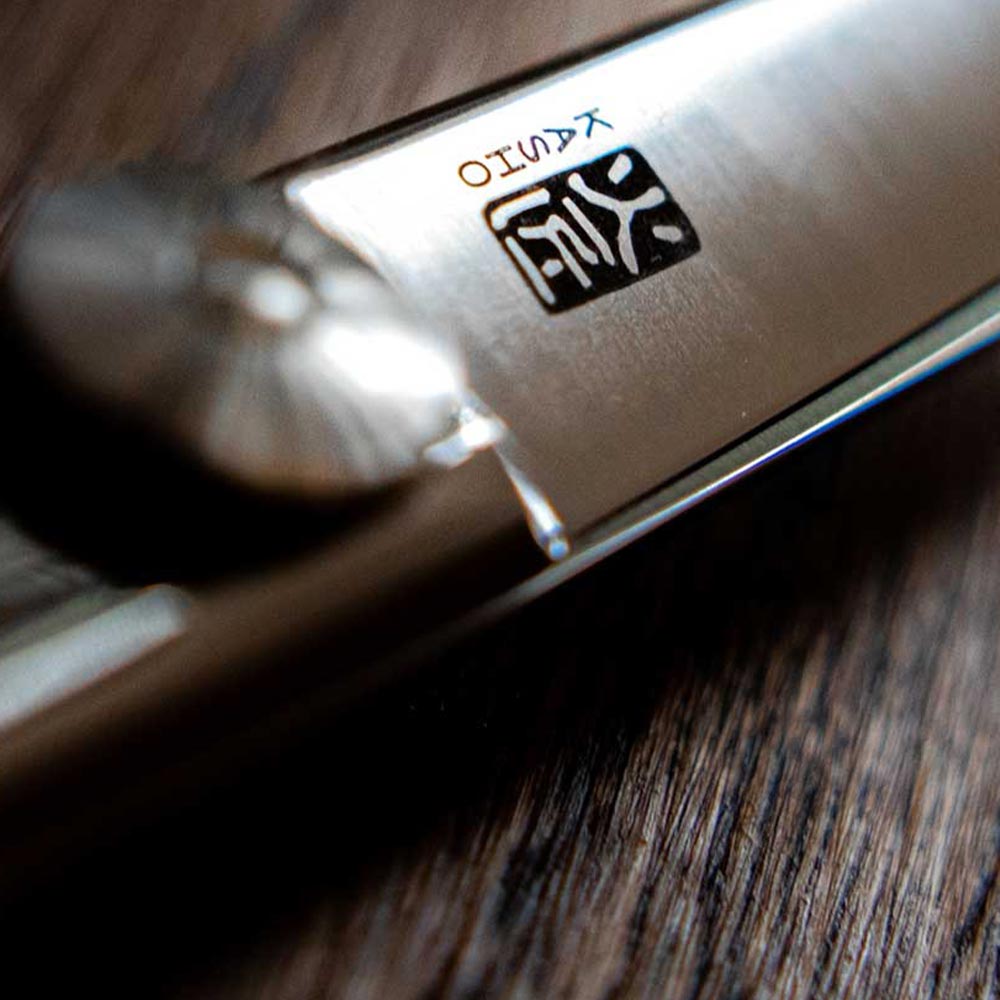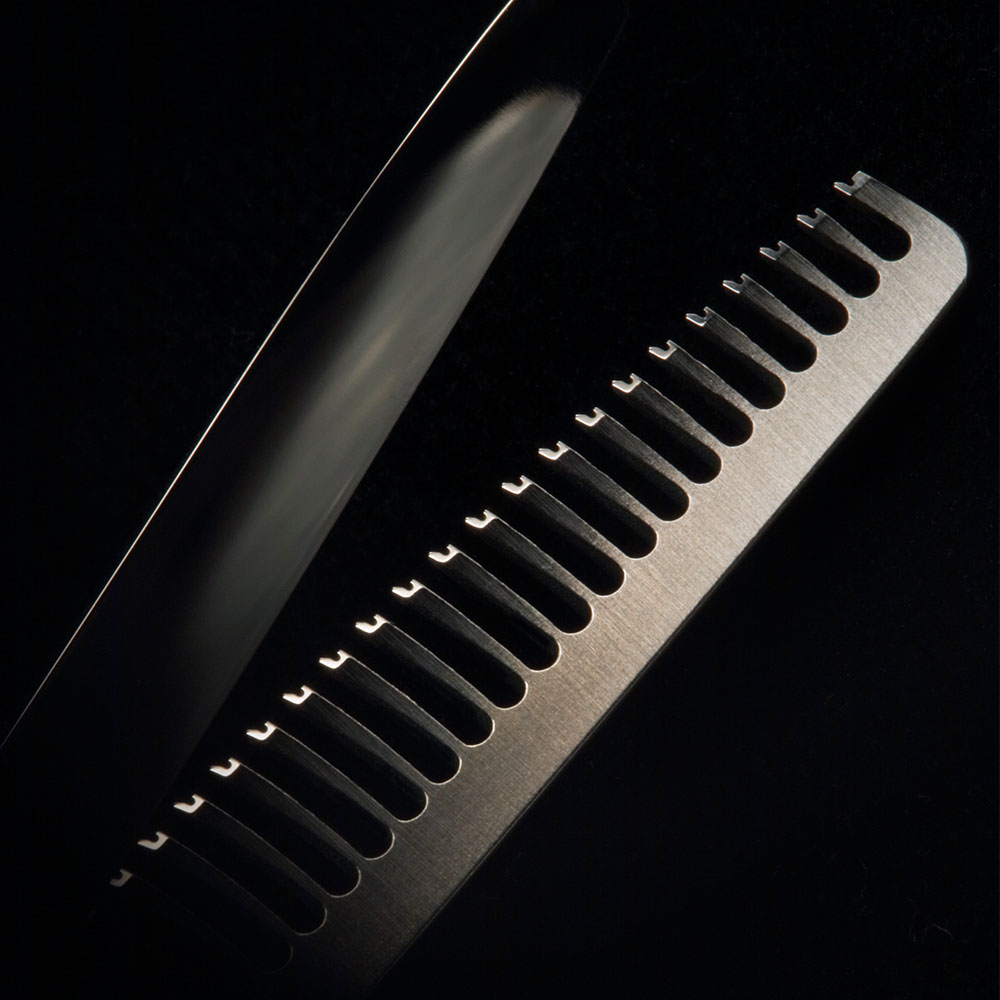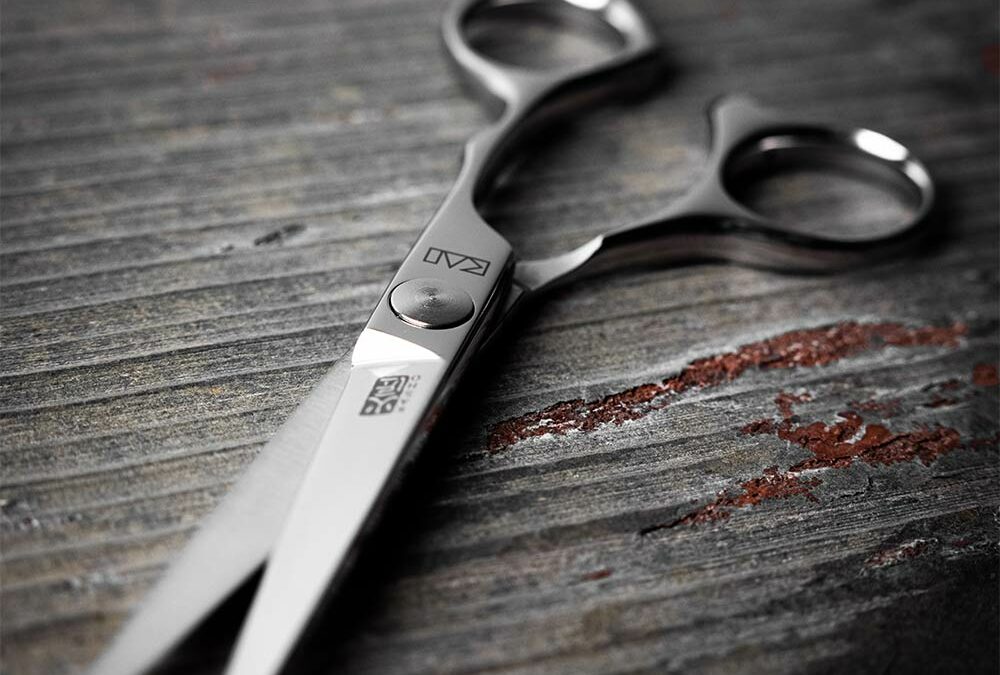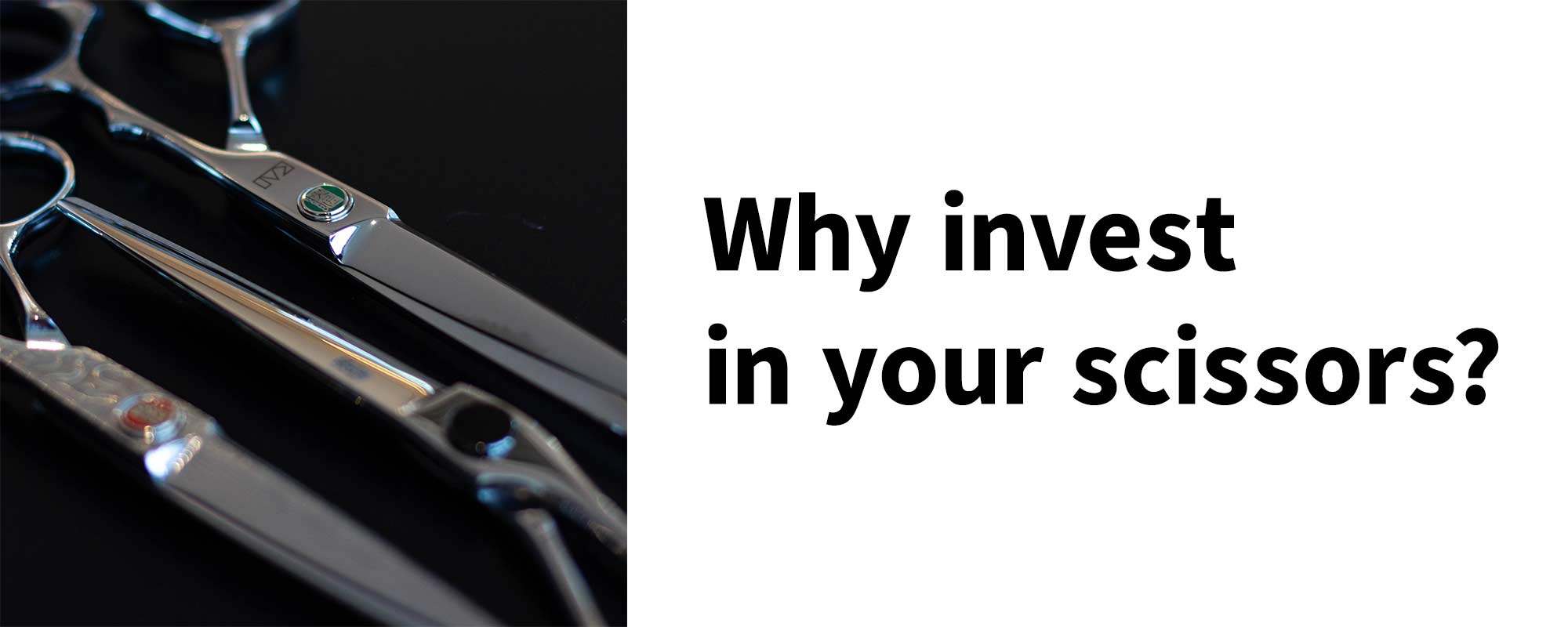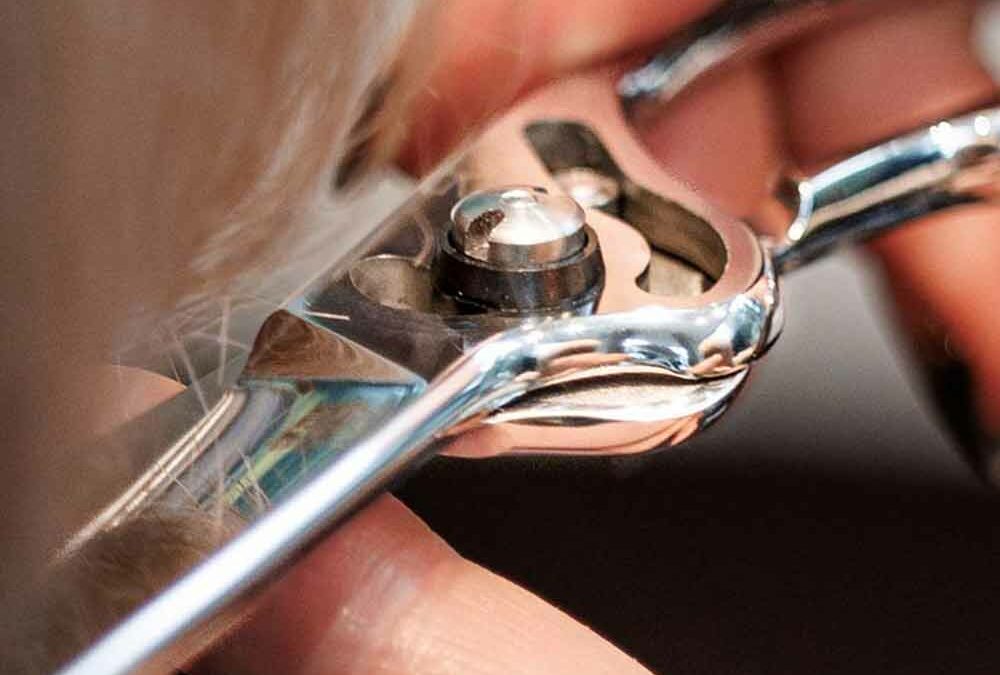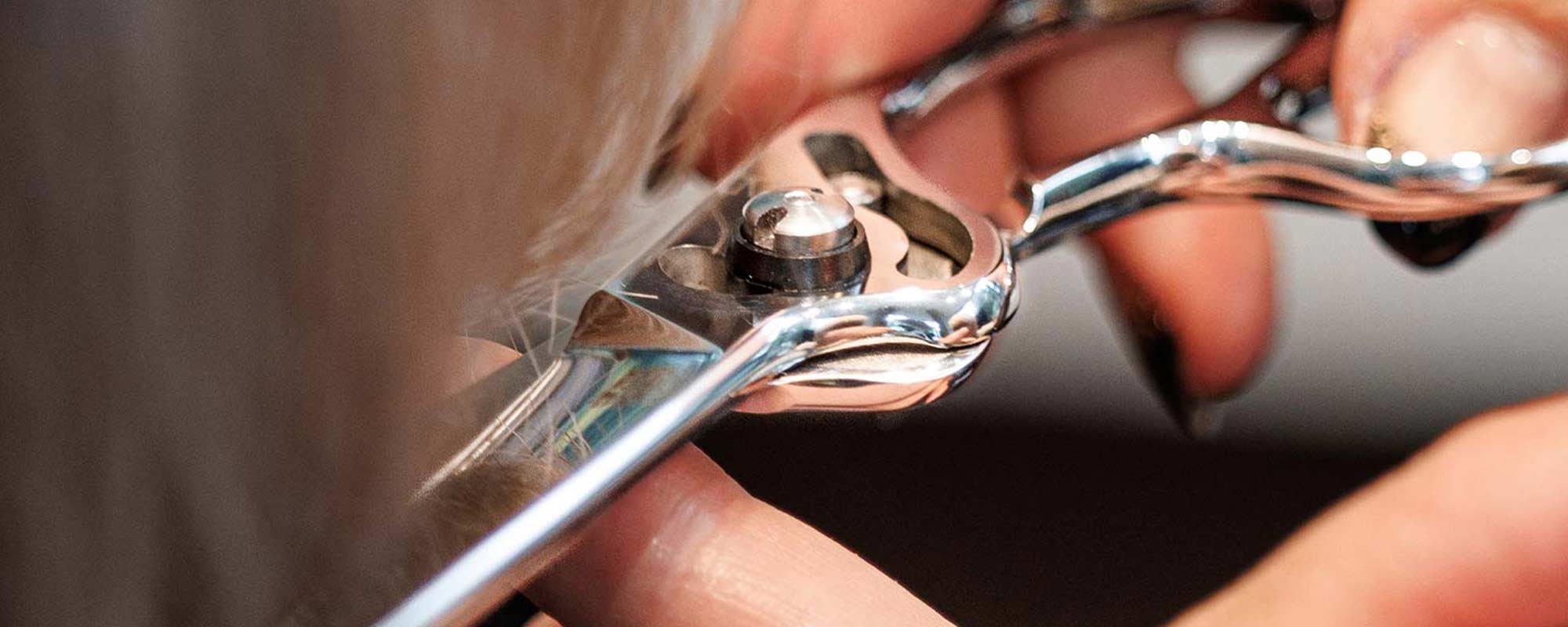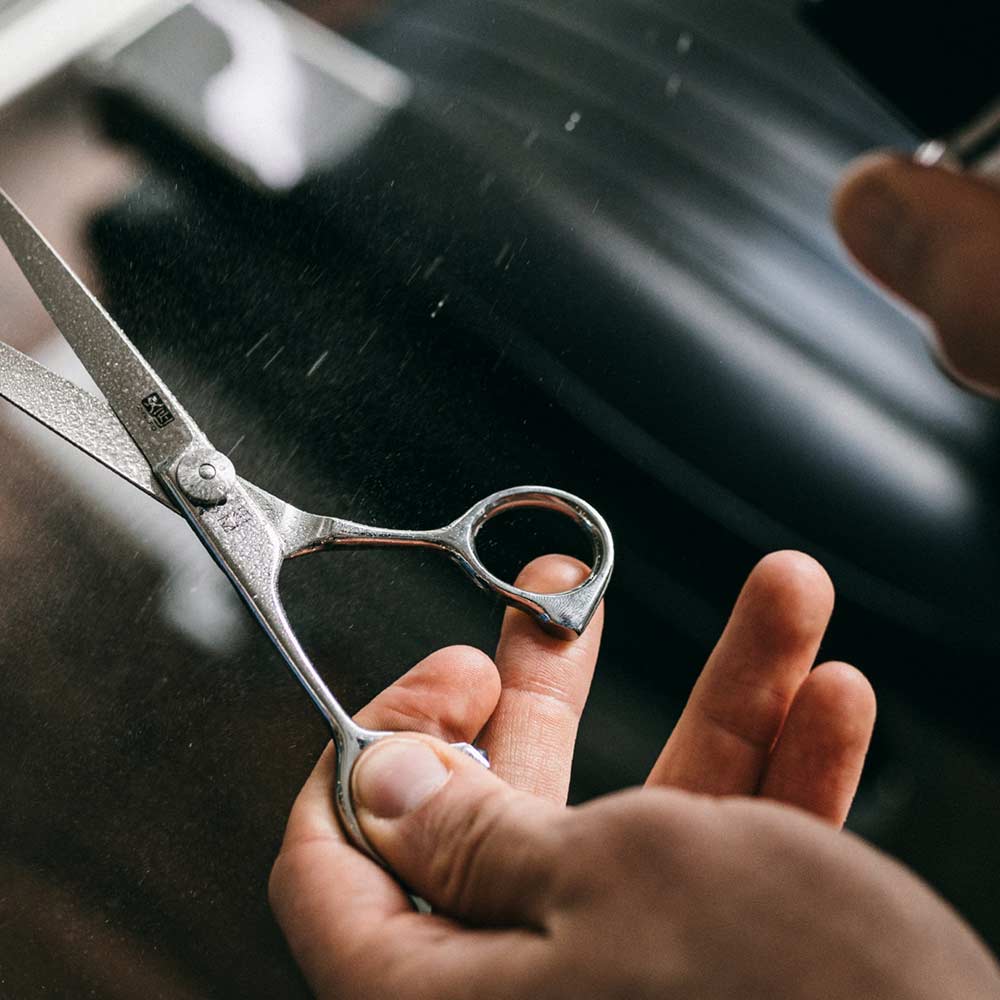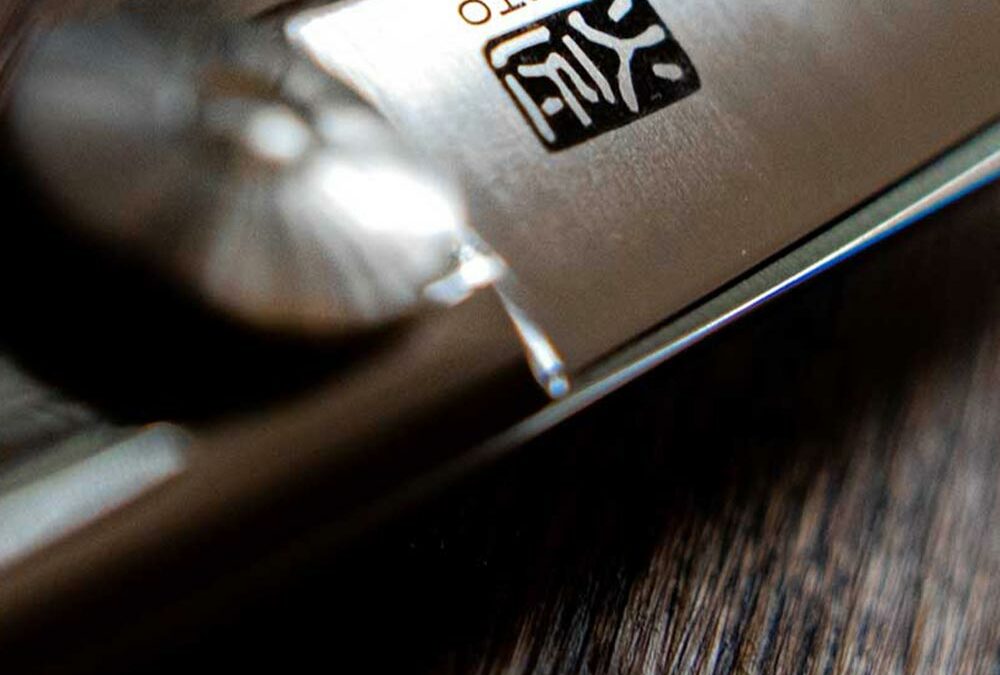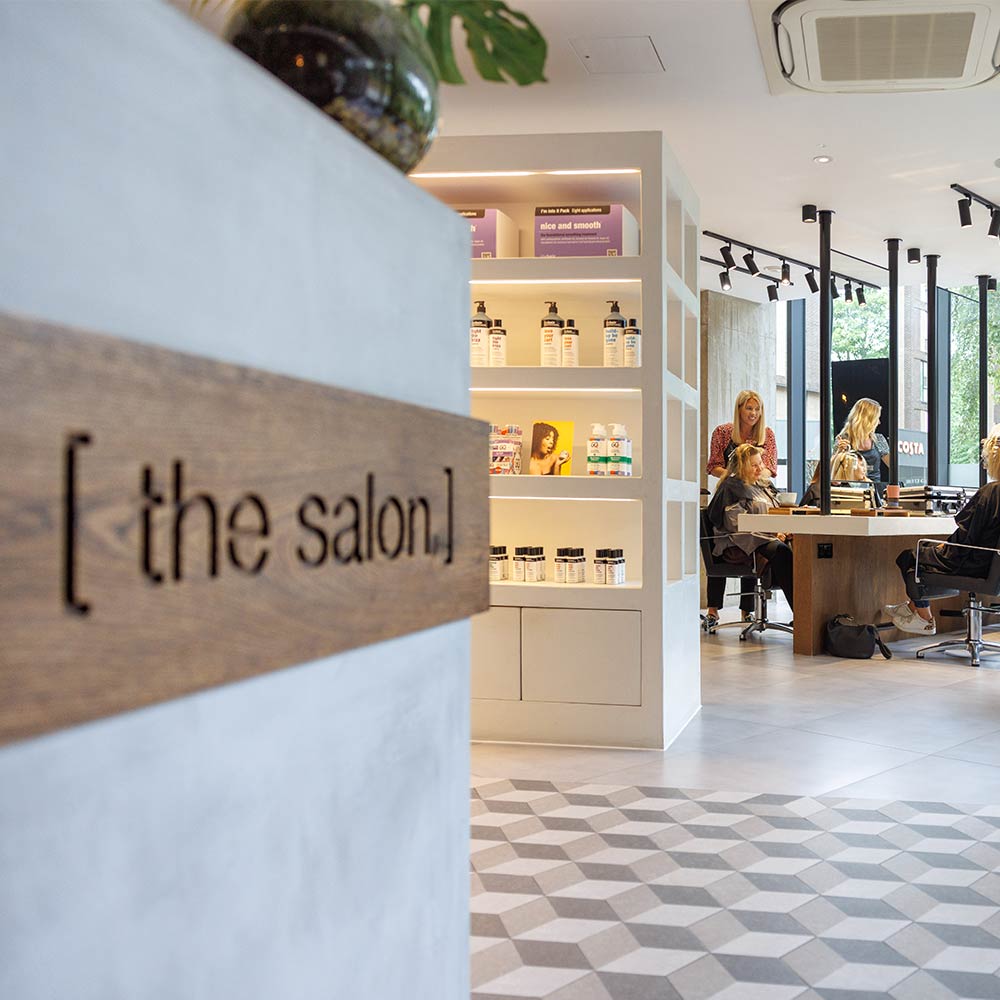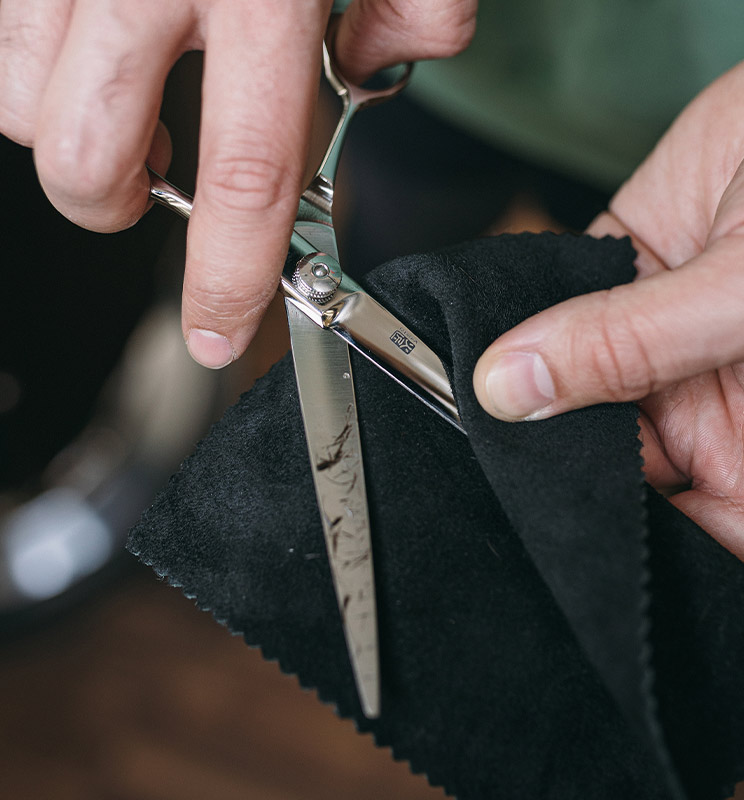
The Changes We Face


THE CHANGES AND CHALLENGES WE FACE
Well, folks, there is no way around the truth that the past four years have been existentially transformative for our industry. COVID resulted in a financial hit and loss to salons across our country, and for many, that loss meant the closure of their creative doors. New micro-salons have sprung up in garden sheds, garages, and spare rooms. Mobile hairdressing has increased, and the debate of employed vs. self-employed became, and still very much is, a hot and divisive topic in our industry.
In addition to all of this, in the aftermath of COVID, stylists are seeking more “work-life balance” while simultaneously experiencing a professional existential crisis. Salon owners are in the process of adapting to a younger generation of stylists who are joining our wonderful industry, a journey that is radically different from the one they themselves experienced, and at times one they find hard to wrap their heads around. The number of people entering our industry has dropped off a cliff, and there is no real strategy in sight to reverse or even buck the current trend. Clients’ expectations have increased; they are looking for more than just great hair—they are looking for an experience and are holding their purse strings as tight as they did back in 2008.
Social media is, regardless of personal preference, a necessity to stay relevant as a business, and the pressures on salon owners and stylists are greater than ever before. On the flip side of that coin, the opportunities are also greater, which I’ll circle back to. Professional brands have diversified their routes to market, leaving a bitter taste, and our heritage industry publications are struggling with direction and how to best position themselves to stay relevant to future generations with the same creative sway they once had.
Our industry, the industry of Sassoon, Galvin, Sorbie, and Mascolo, is at a major crossroads whilst undergoing an organic culling. For many, it’s scary, unnerving, and a source of much concern. For others, the ones that will remain in five years’ time, it’s opportunity, it’s change, it’s both exciting and invigorating.
Change can either happen by choice or be forced upon us. Regardless of how or why, the success of thriving with change always depends on one common factor—how it’s embraced. Doing what we’ve always done whilst rigidly clinging to past behaviours will historically result in guaranteed failure.
“We want the industry to give you what the industry gave us”
I had the privilege of spending a few hours this week with the creative and award-winning power duo Sally and Jamie Brooks from Brooks & Brooks at their beautiful new five-story salon in Covent Garden. We met up to film an inspiration interview segment for the Kasho online series “People Behind the Brand.” Now, if you ever have the opportunity to spend time talking with Sally and Jamie, you’ll realise that they’re not only a wealth of industry knowledge, history, and experience but are also bursting with forward-thinking passion for the future of our industry. In our conversation, Sally said something that really stuck with me when talking about the younger generation. She said, “we want the industry to give you what the industry gave us,” referring to the fun, community, opportunities, and magic, but also went on to share that “somewhere along the line we have lost the respect for the craft.” She couldn’t be more right, and not so surprisingly, our industry is not alone in working through this challenge.
It all comes back to change, and the interesting thing about change is that it goes in cycles. Fashion trends, colour trends—it all loops. However, the difference this time is that we are now living in a fast-paced, Instagram-driven world of instant gratification. For those of us who are slightly older, we carry the old-school way of doing things with us, simultaneously equipped with insights and a deep understanding of how it works today. Younger stylists, on the other hand, only have the present. They are used to achieving their goals more quickly. Their impatience can be seen as negative, but changing this perspective will require a mindset shift within the old-school industry.
While mastering a new skill once required 100 cuts, today that’s a pipe dream. A talented 23-year-old stylist moves faster and aims to reach their goals sooner. It’s not that they are impatient or lazy; it’s that the industry has not given them what it once provided the older generation of hairdressers. They have not been given the same structure of mentorship, the long hours of practice, and the gradual buildup of experience that once defined the journey to mastery. Instead, they navigate an industry that demands speed, adaptability, performance, profit and constant reinvention, often at the expense of depth and a sense of craft. They are navigating a world of social media and demands to constantly dazzle, with an undertone that to be a “successful” stylist, they must constantly be visible. This stands in sharp contrast to 20 years ago when the focus was on technique, craftsmanship, community, and lets face it, having lots of fun in the process.
The future of our industry is bright, but I believe that the cycle loop will, in the next 12 months, bring things back to basics—back to the craft being the focal point. Education, training, and craftsmanship will take the front seat, but it will be done differently, using new technologies and effective approaches that will resonate with the industry that we have today, not trying to force the ways that once were.
The past four years have been challenging, and the years to come will most likely continue to be years of significant change. However, the unity of our industry, the focus of our industry, and the passion for our industry are most definitely heading in the right direction. Skill building, craftsmanship, and education will be key in the years to come. Ensuring that finely tuned skills are firing on all cylinders at all times is what will allow the talented to flourish and the industry to grow. This is why Kasho has committed itself to education, both online and in person. Our mission for the years to come is to ensure, by working with likeminded industry leaders, publications and organisations, that the golden age of hairdressing-craftsmanship is returned whilst adapting and moulding it to the hairdressers needs of the future.
CHECK OUT MORE ARTICLES
- All
- BUSINESS TIPS
- CREATIVE INSIGHTS
- HAIRCARE
- HEALTH & WELLBEING
- TOOL TIPS
- TUTORIALS





